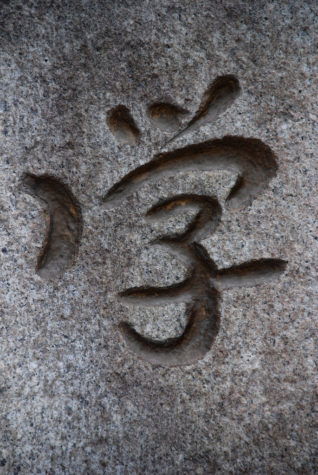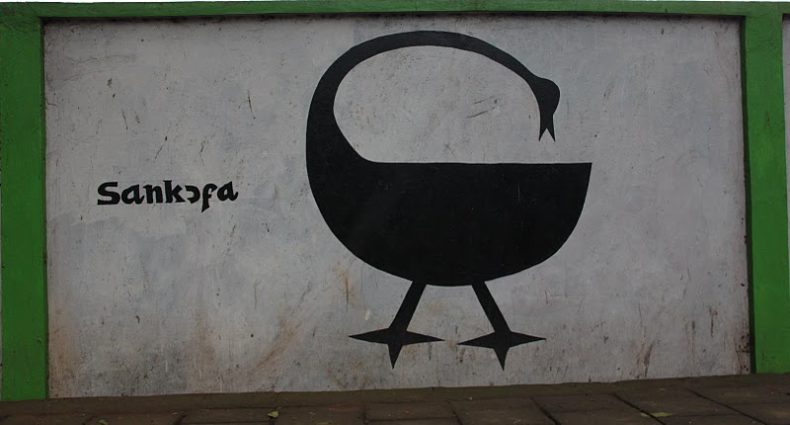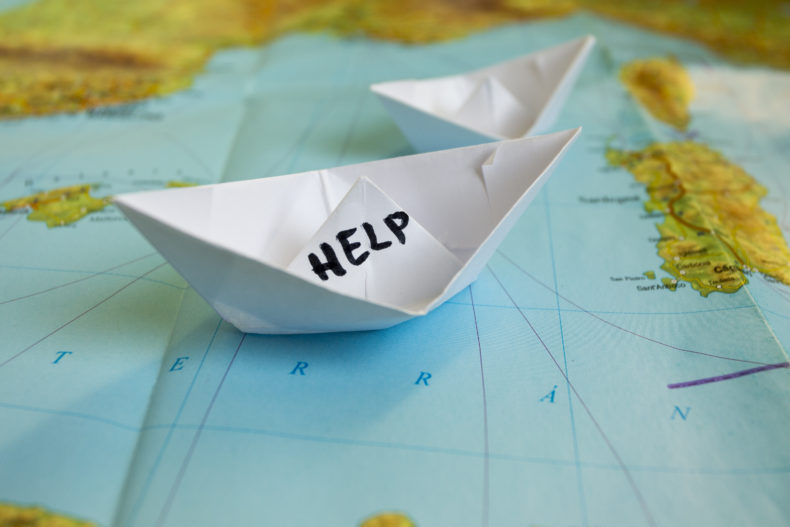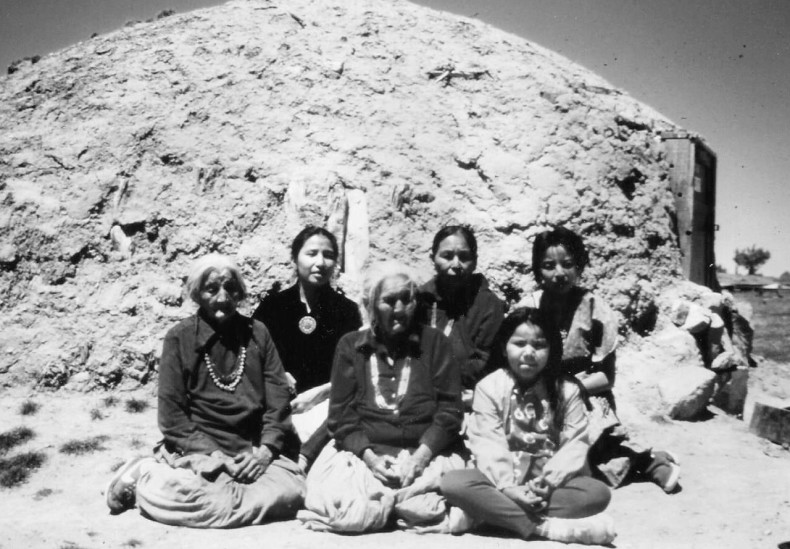This is the second in a series of posts about learning a foreign language long past the age when it comes naturally (if you missed it, here is part 1 ). Guest Veronique Greenwood begins at the pro level, with Chinese.

A month into learning Mandarin, I notice that something has changed. When I am out riding my bike now, the sea of sound that surrounds me at all times sometimes parts, and words leap out. On my way to teach English to some kids the other day, I heard the word “now” three times. It’s staggering the clarity with which I hear things I would not have noticed a few weeks ago.
On the university campus, the azaleas and camellias are blooming. The place is full of birds whose songs I hear but whom I can never see in the thick foliage. And today it rained like there was no tomorrow, starting with a hiss and rising to a roar as it pounded against the courtyard tiles. I picked my way through leaf litter and bent ferns to reach the teaching building. In the lobby, I encountered an army of umbrellas, like the tents of a very damp invasion force. Spring is definitely here. Up in the classroom, the windows were open, and the calls of the birds distracted me while I was trying to understand a new measure word.
What I’m realizing now, having never thought about it before, is that nouns in English fall into two categories. There are things like “a sock” or “a table,” and there are things that you preface with a unit, like “a cup of water” or “a pound of flour.” You wouldn’t usually say “a flour” or “a water” (unless you were really saying “a [bottle of] water”). If you think about it, you’ll see that English nouns fall mostly into the first category.
But in Mandarin, a huge proportion of the objects in the world, from paper clips to computers, falls into the second. Each is spoken of as if it were part of a greater whole—a drop from the great well of sock or table. To say “a sock,” you must say “one unit of sock.” Continue reading
 April 18 – 22, 2016
April 18 – 22, 2016![KM_WhenDovesCry[1]](https://www.lastwordonnothing.com/wp-content/uploads/2016/04/KM_WhenDovesCry1-475x475.jpg) I’m a recent convert to Instagram as my main form of social media. After spending a lot of the day reading and writing, listening and talking, sometimes I just can’t take any more words. Facebook sometimes seems too complicated, Twitter too fast—but looking at images feels restful. I’ll follow most anything—photos of kids, vacation scenery, what’s for lunch, sketchbooks of working artists—and like it all. On a quick check Thursday afternoon, I saw a friend’s Tarot card, tributes to Prince, a yawning dog, the sunrise in Joshua Tree and a brand-new baby. Even writing that down feels inspiring.
I’m a recent convert to Instagram as my main form of social media. After spending a lot of the day reading and writing, listening and talking, sometimes I just can’t take any more words. Facebook sometimes seems too complicated, Twitter too fast—but looking at images feels restful. I’ll follow most anything—photos of kids, vacation scenery, what’s for lunch, sketchbooks of working artists—and like it all. On a quick check Thursday afternoon, I saw a friend’s Tarot card, tributes to Prince, a yawning dog, the sunrise in Joshua Tree and a brand-new baby. Even writing that down feels inspiring.
 The other night I was in the midst of writing about the Ice Age when I strayed to the internet. Up came the Pulitzer Prize for breaking news photography that went this year to New York Times photographers
The other night I was in the midst of writing about the Ice Age when I strayed to the internet. Up came the Pulitzer Prize for breaking news photography that went this year to New York Times photographers 
